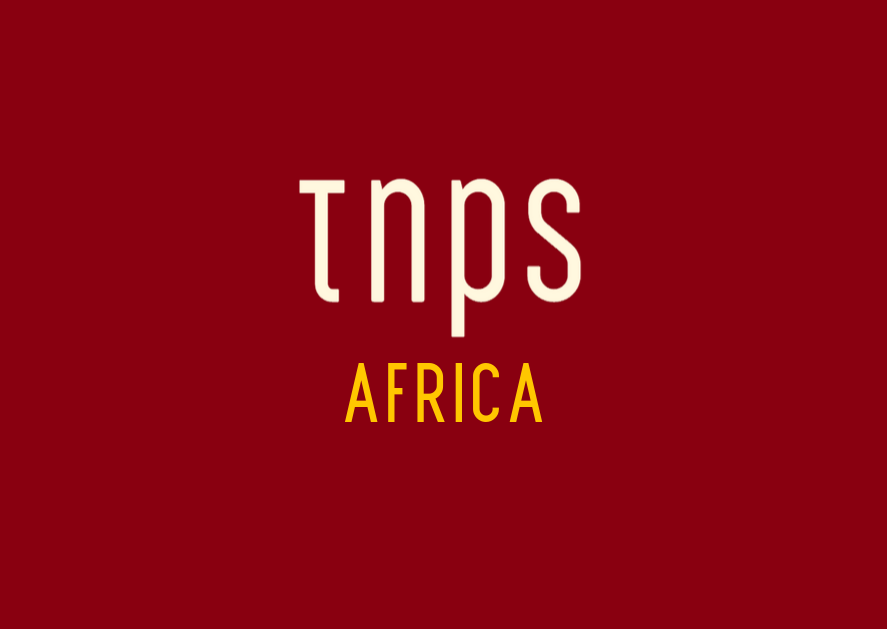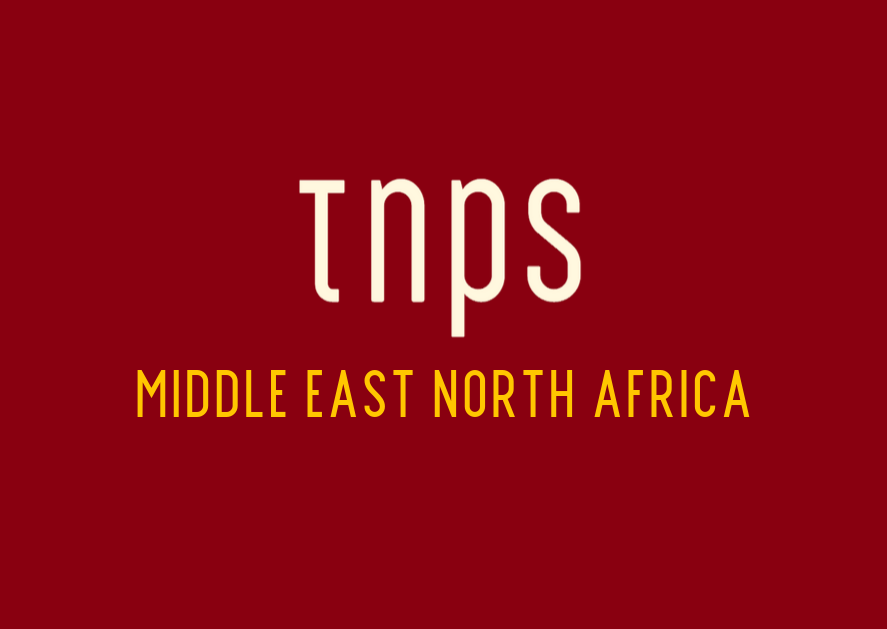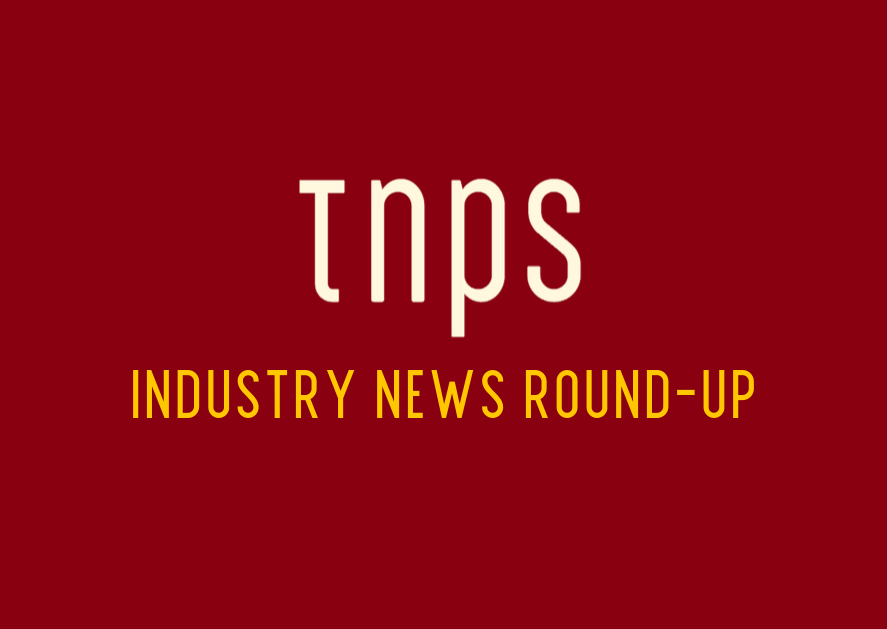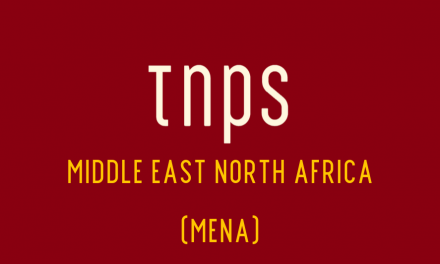Submarine cables are what drive the global growth of the internet. The whole world is connected in a way unimaginable as this century started, thanks to a network of submarine cables that link continents, countries and even remote islands.
I’m able to write this from The Gambia, West Africa, on a (relatively) high-speed internet connection thanks to the ACE (Africa-Europe Cable) that links France with the west coast of Africa.
Before the ACE cable landed in The Gambia the internet here was tortuous to the point of often unusable.
Early next decade a second cable – Google’s Equiano – will link the west coast of Africa to Europe, all the way down to South Africa.

Once complete, Equiano will start in western Europe and run along the West Coast of Africa, between Portugal and South Africa, with branching units along the way that can be used to extend connectivity to additional African countries. The first branch is expected to land in Nigeria.
The Equiano cable will reportedly have 20 times the network capacity of the current ACE cable.
Equiano?
In fact the Google cable is named, rather fittingly, after Olaudah Equiano, a Nigerian-born writer and abolitionist who was enslaved as a boy.
The first stage of the Equiano cable, linking Portugal and South Africa, is expected to go live in 2021, after which the branch lines to the continent will begin.
Africa’s online population, already expected to reach 800,000 by 2030, could increase rapidly once the new cable brings new capacity and opportunity.
Publishers should be thinking now about the opportunities the 2020s will bring.
This post first appeared in Publish Africa – the digital advantage, the bi-weekly newsletter on African publishing matters, produced by StreetLib and TNPS.






Trackbacks/Pingbacks